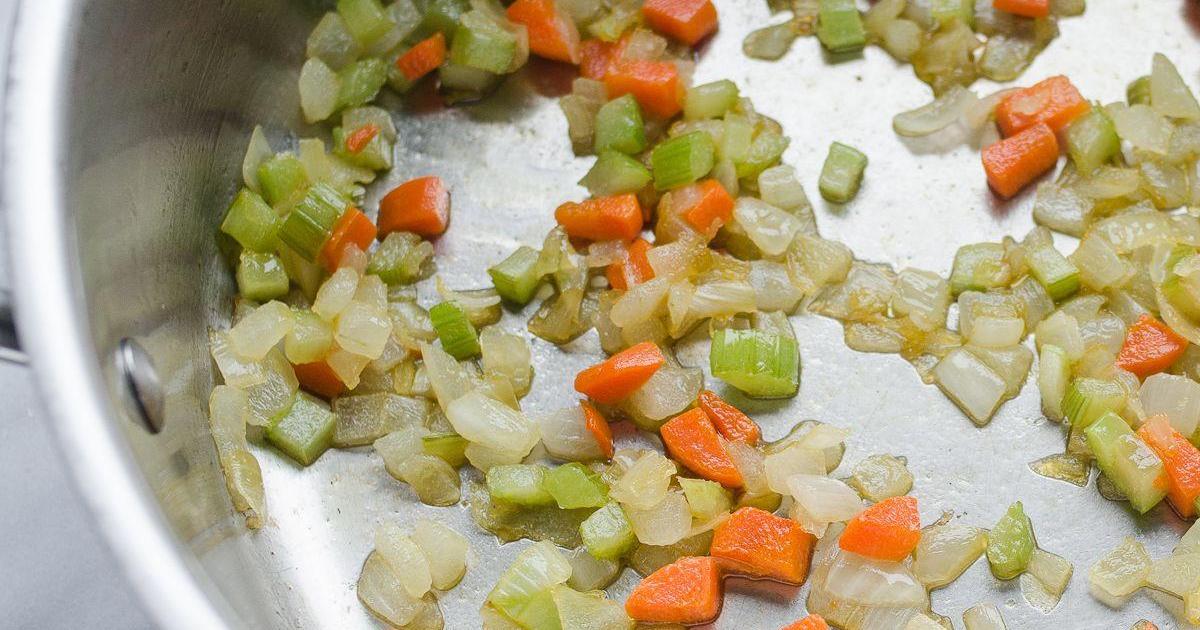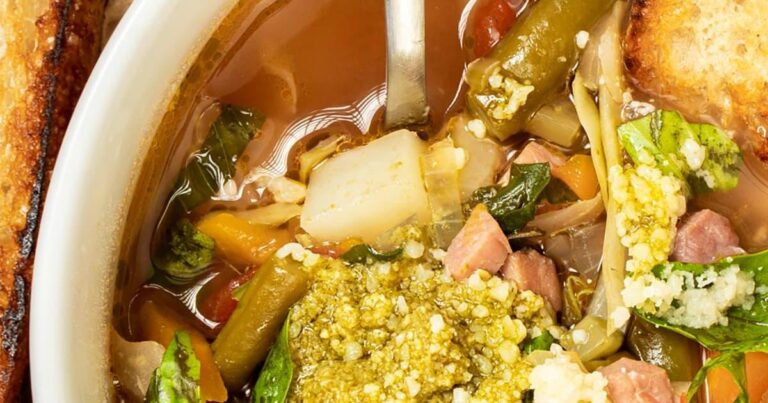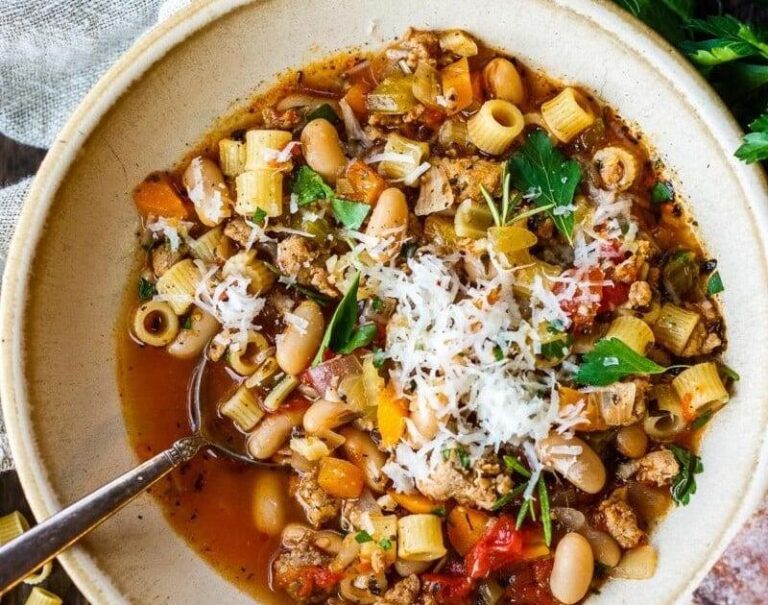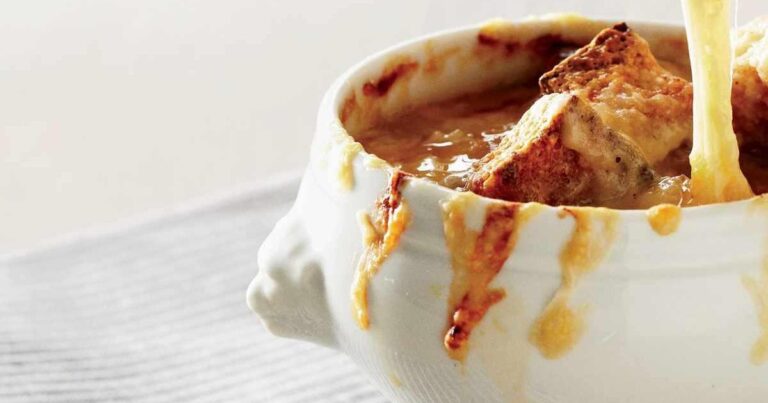Mirepoix Recipe
Mastering the Classic Mirepoix: The Foundation of French Flavor
Ever wondered what elevates a simple soup from good to amazing? Or how professional chefs achieve such depth of flavor in their sauces and stews? The secret often lies in a humble, yet incredibly important, technique: making a proper mirepoix.
What is a Mirepoix?
Pronounced meer-pwah, a mirepoix (pronounced meer-pwah) is a foundational aromatic combination in French cuisine. It’s a slow-cooked blend of onion, carrot, and celery – the holy trinity of flavor! Think of it as the building block for countless dishes. It’s not about a single, prominent flavor; it’s about creating a subtle, sweet, and savory base that enhances everything it touches.
Why is Mirepoix So Important?
The slow cooking process gently caramelizes the vegetables, releasing their natural sugars and creating a depth of flavor that’s far superior to simply adding raw vegetables. This process also softens the vegetables, creating a smooth texture that blends seamlessly into your dish. It’s the difference between a flat, one-dimensional flavor and a complex, layered taste experience.
How to Use Mirepoix
The possibilities are truly endless! Here are just a few ideas:
- Soups: The classic starting point for vegetable soups, chicken noodle, French onion, and more.
- Stews & Braises: Adds richness and depth to beef bourguignon, coq au vin, and other hearty stews.
- Sauces: Forms the base for tomato sauce, béchamel, and countless other sauces.
- Stocks & Broths: Infuses flavor into homemade stocks and broths.
- Pasta Dishes: Adds a subtle sweetness to pasta sauces.
Tips for the Perfect Mirepoix:
- The Ratio: While not set in stone, a common ratio is 2 parts onion, 1 part carrot, and 1 part celery. This provides a balanced flavor profile.
- Low and Slow: Patience is key! Cooking the mirepoix over low heat allows the vegetables to soften and caramelize without burning.
- Don’t Brown It! You want the vegetables to be soft and translucent, not browned. Browning can impart a bitter flavor.
- Butter is Best: While oil can be used, butter adds a richness and flavor that complements the vegetables beautifully.
Ready to unlock the secret to incredible flavor? Let’s get cooking!
Frequently Asked Questions
Q: What’s the difference between a mirepoix, a soffritto, and a holy trinity?
A: These are all aromatic vegetable bases, but they originate from different cuisines. Mirepoix is French, soffritto is Italian (typically uses more tomato), and the holy trinity is Cajun/Creole (uses onion, celery, and bell pepper).
Q: Can I use other vegetables in my mirepoix?
A: While the classic combination is onion, carrot, and celery, you can experiment with other vegetables like parsnips or leeks. Just be mindful of how they will affect the overall flavor.
Q: Can I make mirepoix ahead of time?
A: Absolutely! Mirepoix can be made ahead of time and stored in the refrigerator for up to 3 days, or frozen for longer storage.
Q: What kind of onion is best for mirepoix?
A: Yellow onions are the most commonly used for mirepoix due to their balanced flavor. White onions can also be used, but they have a sharper flavor.
Classic Mirepoix
Ingredients
- 2 parts Onion Chopped
- 1 part Carrot Chopped
- 1 part Celery Chopped
- to taste Butter
Instructions
- Add butter, onion, carrot, and celery to a saucepan over low heat.
- Let cook low and slow for 5-10 minutes until veggies are soft and caramelized, and onions are translucent.
- Use as the base for soups, stews, pasta sauces, and more.
Discover more from Resoupies
Subscribe to get the latest posts sent to your email.






